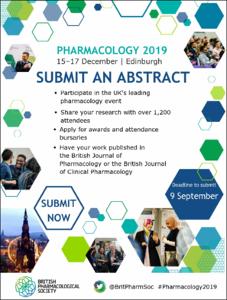Model-based assessment of the benefits and risks of r ecombinant t issue plasminogen activator treatment in acute ischaemic stroke
- Affiliated Author(s)
- 유준상
- Alternative Author(s)
- Yoo, Joon Sang
- Journal Title
- British Journal of Clinical Pharmacology
- ISSN
- 1365-2125
- Issued Date
- 2018
- Keyword
- acute ischaemic stroke; item res ponse theory; model-based benefit–risk analysis; pharmac ometrics; recombinant t-PA
- Abstract
- AIMS
Recombinant tissue plasminogen activator (rt-PA) is the only first-line agent approved by the US Food and Drug Administration to treat acute ischaemic stroke. However, it often causes the serious adverse event (AE) of haemorrhagic transformation. The present study developed a pharmacometric model for the rt-PA treatment effect and AE and, using the developed model, proposed a benefit-to-risk ratio assessment scheme as a supportive tool to optimize treatment outcome.
METHODS
The data from 336 acute ischaemic stroke patients were used. The treatment effect was assessed based on an improvement in National Institutes of Health Stroke Scale (NIHSS) scores, which were described using an item response theory (IRT)-based disease progression model. Treatment failure and AE probabilities, and their occurrence times, were described by incidence and time-toevent models. Using the developed model, benefit-to-risk ratios were simulated under various scenarios using the global benefitto-risk trade-off ratio (GBR).
RESULTS
High initial NIHSS score and middle cerebral artery (MCA) stroke were risk factors for treatment failure, where the failure rate with MCA stroke was 2.87-fold higher than with non-MCA stroke. The haemorrhagic transformation time was associated with longitudinal changes in NIHSS scores. The benefit-to-risk ratio simulated was highest in minor stroke severity, with GBR >1 in all scenarios, and the ratio with non-MCA stroke was 2–3 fold higher than with MCA stroke.
CONCLUSIONS
The study demonstrated the feasibility of applying an IRTmodel to describing the time course of the rt-PA treatment effect and AE. Benefit-to-risk ratio analyses showed that the treatment was optimal in non-MCA stroke with minor stroke severit
- Department
- Dept. of Neurology (신경과학)
- Publisher
- School of Medicine (의과대학)
- Citation
- Jinju Guk et al. (2018). Model-based assessment of the benefits and risks of r ecombinant t issue plasminogen activator treatment in acute ischaemic stroke. British Journal of Clinical Pharmacology, 84(11), 2586–2599. doi: 10.1111/bcp.13715
- Type
- Article
- ISSN
- 1365-2125
- Appears in Collections:
- 1. School of Medicine (의과대학) > Dept. of Neurology (신경과학)
- 파일 목록
-
-
Download
 oak-2018-1595.pdf
기타 데이터 / 927.58 kB / Adobe PDF
oak-2018-1595.pdf
기타 데이터 / 927.58 kB / Adobe PDF
-
Items in Repository are protected by copyright, with all rights reserved, unless otherwise indicated.